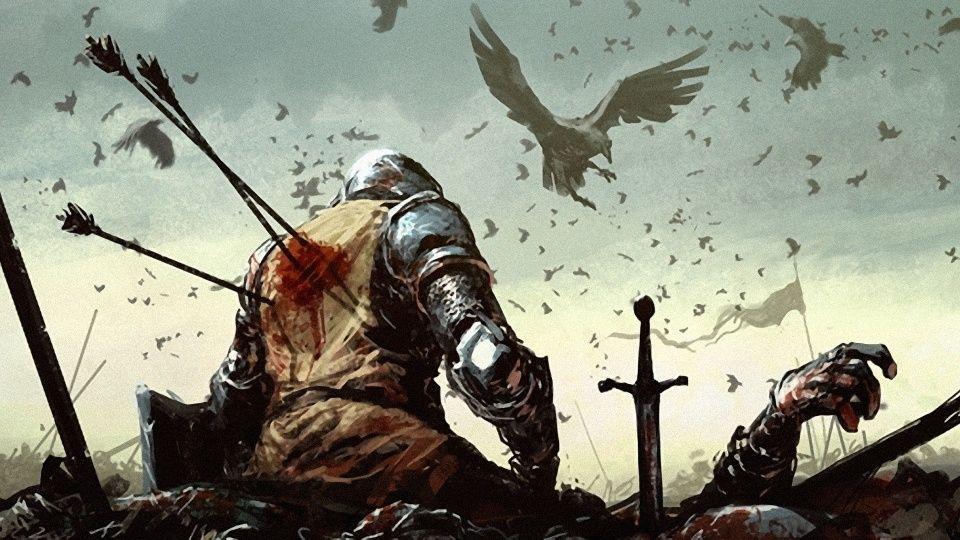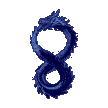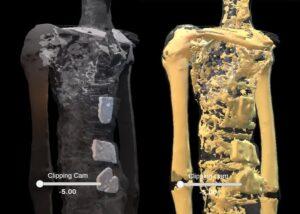Holy Land, Holy War : Brief History Of The Crusades
At 1097 a Crusader army helped by a Byzantine army from Constantinople marched against the Seljuk Turks. The target of the Crusaders was the city of Nicaea.
Eventually the Seljuks surrendered after weeks of a violent battle. So the Bizantine army was left to Nicaea and the Crusader one went straight ahead to the Holy City of Jerusalem, knowing perfectly that before to reach it there was a last stop to do , exactly at the city of Antioch in northern Syria. Also Antioch was ruled by the Seljuks. The Crusaders began the siege of the city, it took months but at the end the Seljuks were defeated with no chance of coming back.
Meanwhile the siege of Antioch was taking place the Fatimid caliphate in Egypt sent a force to the city of Tyre, at the north of Jerusalem, getting control of Jerusalem in 1098, three months before the Crusaders would have been able to conquer definitely the city of Antioch. These Fatimids, who were Shia, offered the Crusaders an alliance against their old enemy: the Seljuks, who were just Sunni, their gift consisted in the full control of Jerusalem and close territories. However Crusaders didn’t accept it on the basic motivation that they wanted took over Jerusalem deserving to fight for it on the field.
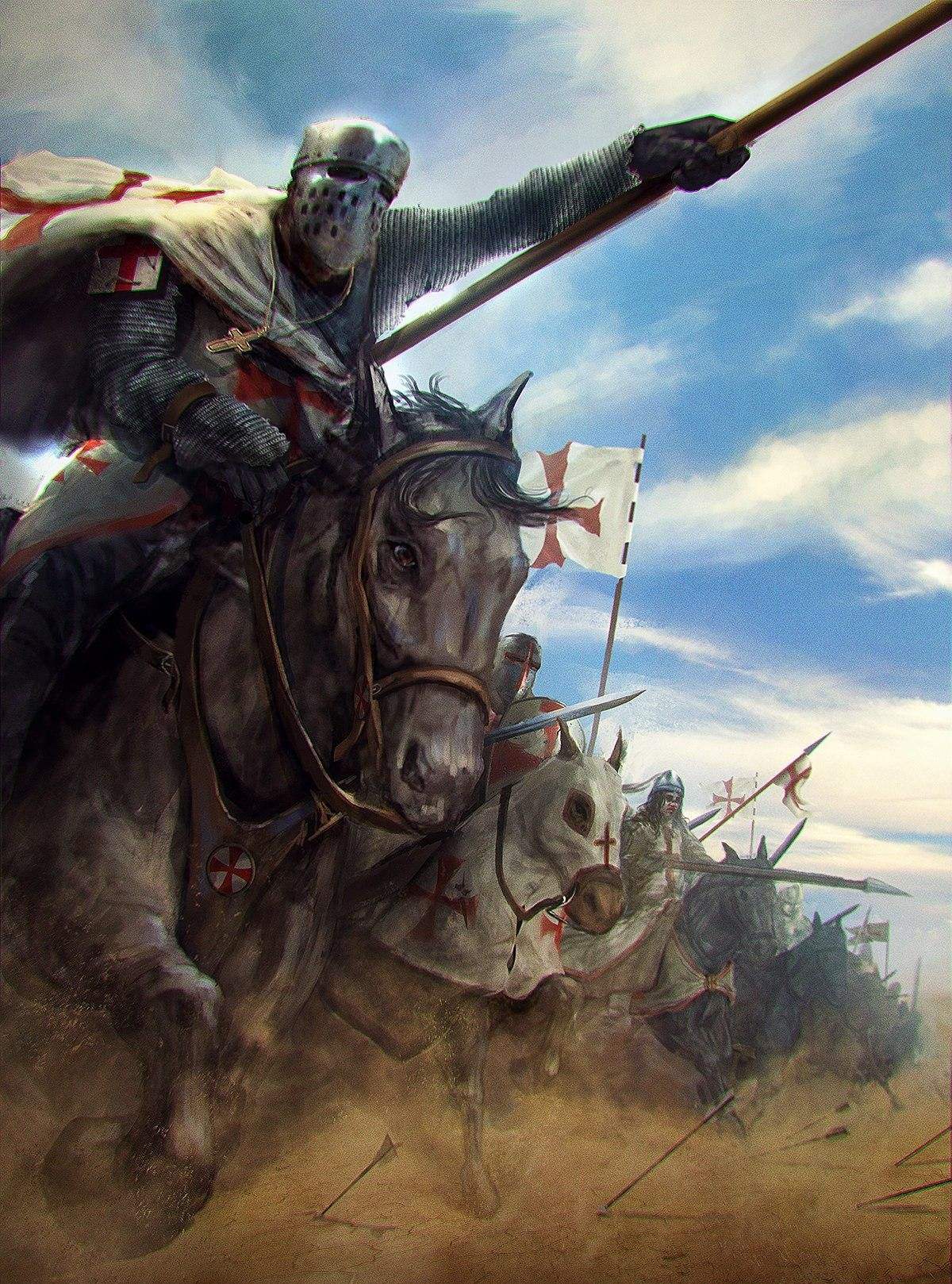
7 June 1099: the Crusaders began the siege of Jerusalem , killing Muslims and Jews. Jews who took refuge in Jerusalem’s main synagogue were burned to death. The port of Jaffa (Tel Aviv) was captured by a crusader fleet from Genoa and another fleet of ships from Venice conquered Haifa district. So happened that after the fell of Jerusalem on 15 July 1099, the Crusaders gained control over that entire eastern Mediterranean coastline.
10 August 1099: Godfrey of Bouillon led the remaining troops from Jerusalem to the city of Ascalon where an army of the Fatimids were estimated to have a large army, mostly of Arab mercenaries. However the Crusaders were about 1,200 knights and 9,000 infantry.
Fatimid army fell in a crusader ambush , and the Fatimids army retired quickly to the fortified city of Ascalon. The Crusaders decided to not further push against them and went back to Jerusalem.
After Jerusalem, the crusaders vow was fulfilled and that led many crusaders to leave Jerusalem and make return in Europe, only a few hundred knights left in the Holy Kingdom in 1100. Godfrey himself only ruled for one year, dying in July 1100. His brother, Baldwin of Edessa took so the title of Jerusalem King.
A Crusader Reinforcement was almost annihilated in Asia Minor by the Seljuks, but the survivors helped to reinforce the holy kingdom upon their arrival in Jerusalem: and more troops came in the following years, establishing positions on Syrian ports, and new shining orders of crusaders reached the Holy Land: the Knights Templar and the Knights Hospitaller.
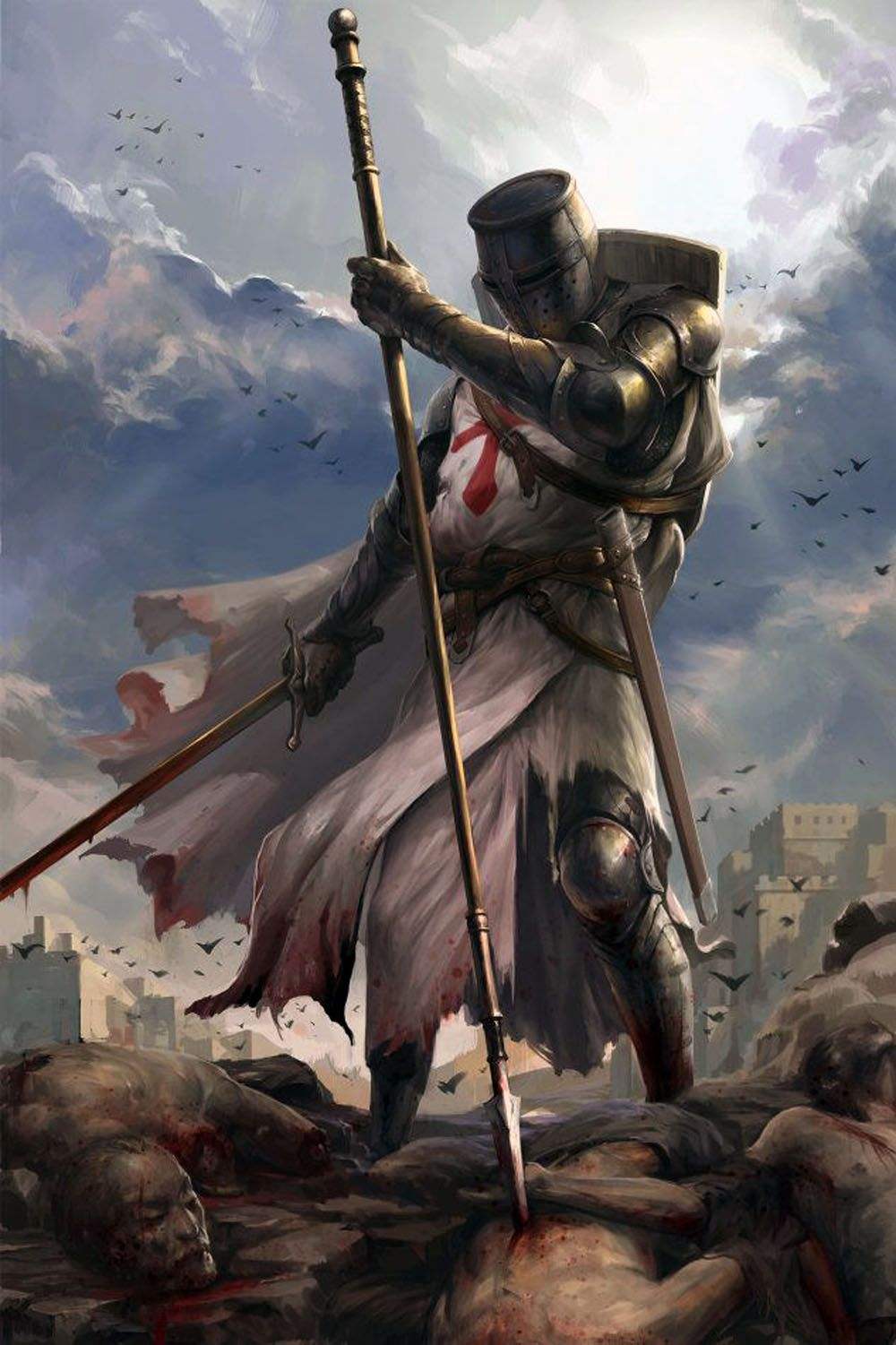
THE SECOND CRUSADE
However the Seljuks prepared for the retaliation and organized to strike back by collecting force and territories through Syria and Iraq. Syrian city of Aleppo was made their logistic bridge head for the imminent attack on Crusader Stronghold.
In November 1144, the Seljuks moved against a first city ruled by the Crusaders: Edessa, the citadel fell in few days and the Sunni made a slaughter of its inhabitants: thousands were tortured to death, leaving no prisoners behind, except a very few of Christians, probably the high ranks amongst them.
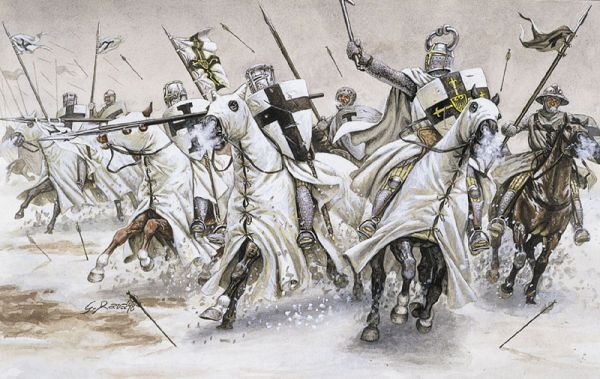
The Crusaders decided to attack the city of Damascus, a former ally of the Kingdom of Jerusalem that had shifted its allegiance to that of the Seljuks, and attacked the Kingdom’s allied city of Bosra in 1147. Damascus was the most powerful Muslim state in Syria, by overtaking it Damascus, the Crusaders would just get a solid advantage against their enemy. Thus in July an holy army of 50000 troops assembled at Tiberias and marched to Damascus, getting there on 23 July. The following day, the Muslims pushed back the Crusaders from the walls into the orchards, following to this ambushes and constant guerrilla attacks. The Crusaders gave up to continue the siege and went back to Jerusalem.
After the the Second Crusade, Sunni Muslims had full control of Damascus and unified entire Syria Region, after which they put their sight on the Fatimid dynasty of Egypt. In 1163, the Sunni troops led also by a young general named Saladin reached the Nile River. Egypt’s sultan Shawar called on King Amalric I of Jerusalem for help, vowing an alliance. In 1164 , King Amalric accepted by sending an army in Egypt to attack the Sunni troops at Bilbeis.
In response the Sunni attacked the crusader city of Antioch, collecting a massacre of Christians, inhabitants, soldiers and high ranks , including the Prince, their beheaded heads were sent to the Crusader Army in Egypt. Amalric led his armies out of Egypt.
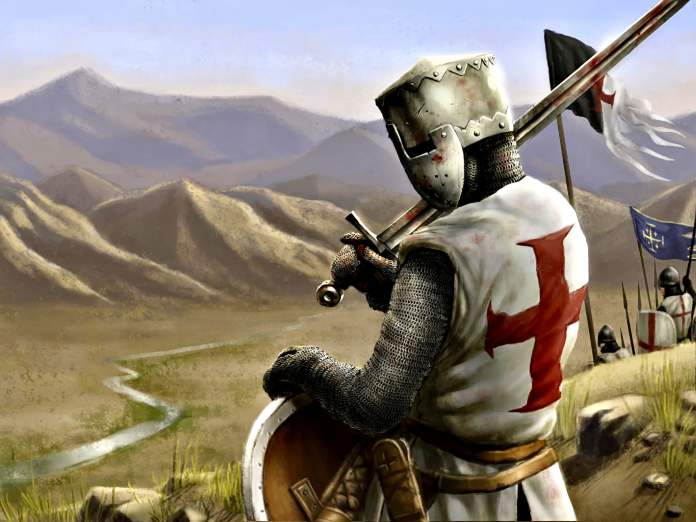
In 1167, Shawar called again for Amalric’s help in order to defend his territory. Almaric accepted and defeated the Sunni troops but after the Christian king breached his alliance with Shawar by turning his forces on Egypt and besieging the city of Bilbeis. Shawar pleaded with his former Sunni enemy to save him from Amalric’s treachery, the two muslim armies forced Amalric to retreat. This new alliance gave to Sunni rule over all of Syria and Egypt.
Shawar was executed for his alliances with the Christian forces. In 1169, Salah ad-Din Yusuf, commonly known as Saladin, took the supreme power over the Sunni kingdom and its jihad against the Christian Invaders.
Amalric died in 1174, leaving Jerusalem to his 13-year-old son, Baldwin IV. Although Baldwin suffered from leprosy, he was an effective and active military commander, defeating Saladin at the battle of Montgisard in 1177, with support from Raynald of Châtillon, who had been released from prison in 1176. Raynald later forged an agreement with Saladin to allow free trade between Muslim and Christian territories. He also raided caravans throughout the region and expanded his piracy to the Red Sea by sending galleys to raid ships, and to assault the city of Mecca itself. These acts enraged the Muslim world, giving Raynald a reputation as the most hated man in the Middle East.
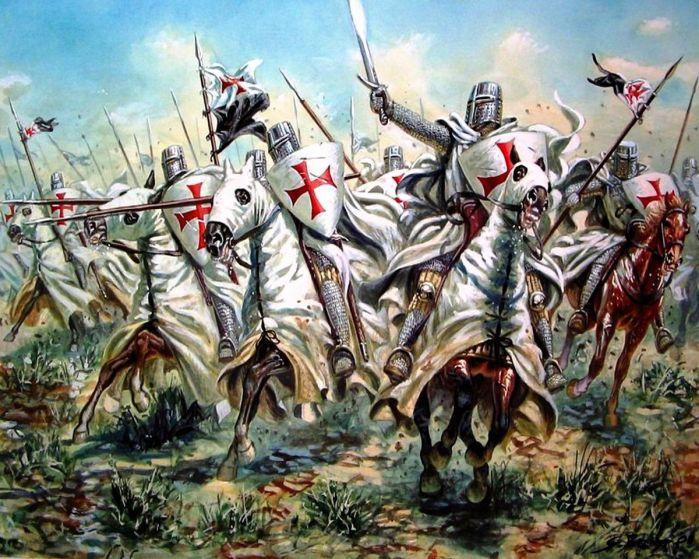
So it happened that in one of these raids, Raynald raided a rich caravan and had its travelers thrown in prison. Saladin demanded that the prisoners and their cargo be released. Raynald refused to follow the orders of his same king.
Saladin began the final offensive against the kingdom, taking over in 1187 the city of Tiberias.
King Guy and Raynald were brought to Saladin’s tent, afterwards, Saladin beheaded Raynald for past betrayals.
By the end of the year, Saladin had taken Acre and Jerusalem.
THE THIRD CRUSADE
The Holy Roman Emperor Frederick I Barbarossa raised an army and marched to the Holy Land in May 1189 : 100,000 men, 20,000 knights.
Meanwhile the Byzantine Emperor Isaac II Angelos made a secret alliance with Saladin to impede Frederick’s progress in exchange for his empire’s safety. While crossing the Saleph River on 10 June 1190, Frederick died.
Richard the Lionheart inherited the crown of England and immediately , after formed a large army, left for a crusade , arriving in Sicily on 23 September.
Richard captured the capital city of Messina on 4 October 1190 and did not leave it until 10 April when his armada consisting 180 ships and 39 galleys was struck by a violent storm. Several ships ran aground, bringing down a large amount of treasure that had been amassed for the crusade. Richard made camp at Limassol, where he received a visit from Guy of Lusignan, the King of Jerusalem, and married Berengaria, who was crowned queen.
After 1189 , the Crusaders turned their attention to the wealthy port of Acre.
Richard arrived at Acre on 8 June 1191 and immediately began supervising the construction of siege weapons to assault the city, which was captured on 12 July.
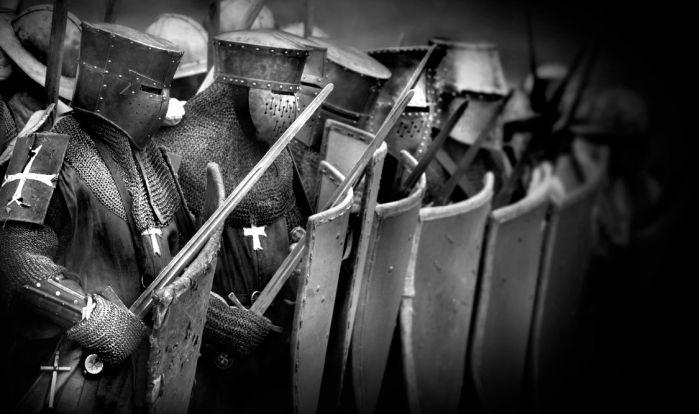
On 18 June Richard sent a messenger to Saladin requesting a face to face meeting. Saladin refused, the two therefore never met, although they did exchange gifts and Richard had a number of meetings with Al-Adil, Saladin’s brother. Saladin tried to negotiate with Richard for the release of the captured Muslim soldier garrison, which included their women and children. On 20 August, however, Richard thought Saladin had delayed too much and had 2,700 of the Muslim prisoners decapitated in full view of Saladin’s army, which tried unsuccessfully to rescue them. Saladin responded by killing all of the Christian prisoners he had captured.
After the capture of Acre, Richard decided to march to the city of Jaffa. Control of Jaffa was necessary before an attack on Jerusalem could be attempted.
On 7 September 1191, however, Saladin attacked Richard’s army at Arsuf, north of Jaffa. Richard won the battle against Saladin showing his superior strategy. Although the Muslim army was not fully destroyed was a hard strike hit in the heart of the Muslims, boosting the will of the Crusaders. Richard then moved to Jerusalem, reaching Ascalon.
In November 1191 the Crusader began the siege of Jerusalem. Beit Nuba was taken, only 12 miles from Jerusalem. A cold with heavy rain and hailstorms, combined with fear that if the Crusader army besieged Jerusalem, it might be trapped by a relieving force, led Muslims to the decision to retreat back to the coast.
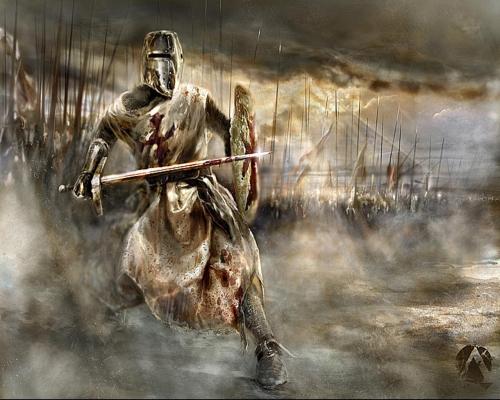
In April, Richard was forced to accept Conrad as king of Jerusalem after an election by the nobles of the kingdom.
Before he could be crowned, Conrad was stabbed to death by two Assassins in the streets of Tyre.

During the winter months, Richard’s men occupied and refortified Ascalon, whose fortifications had earlier been razed by Saladin. The Crusader army made another advance on Jerusalem but divisions inside Crusader Ranks pushed far away the reaching of the final goal.
Saladin and Richard assured the rights and protection of pilgrim and caravan routes that allowed travel to distant lands.
In July 1192, Saladin’s army suddenly attacked and captured Jaffa with thousands of men, but Saladin lost control of his army due to their anger for the massacre at Acre.
It is believed that Saladin even told the Crusaders to shield themselves in the Citadel until he had regained control of his army.
The battle to retake Jaffa ended in a complete failure for Saladin, who was forced to retreat. This battle greatly strengthened the position of the coastal Crusader states but Jerusalem remained under Muslim control.
THE LAST CRUSADE
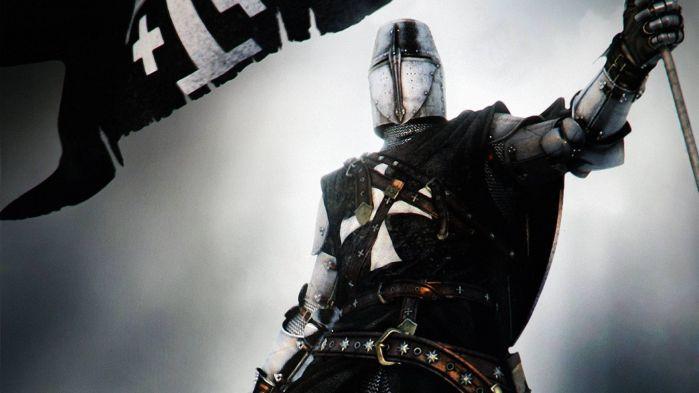
The Emperor Henry VI of Swabia on 1 August 1195 urged the pope to preach for a new crusade. There are various reasons for such action: a feeling of devotion and penance together, not fulfilling the vote given to his father, the Emperor Frederick Barbarossa, the eschatological myth of the Last Emperor and finally his personal ambitions toward the East, including the Byzantine Empire.
The emperor was able to gather a large army in Sicily and so gave the command to Conrad of Wittelsbach, Archbishop of Mainz, with the intention to join him later with new reinforcements. The Imperial Army landed at Acre in September 1197 and conquered Sidon and Beirut. But when the army learned whereabouts of Emperor Henry VI death, returned home.
